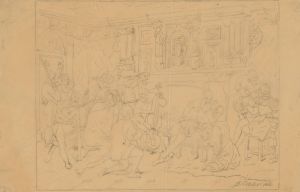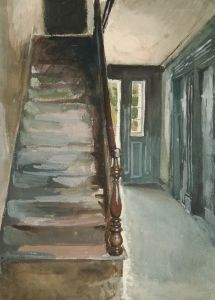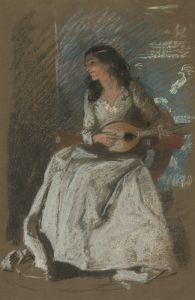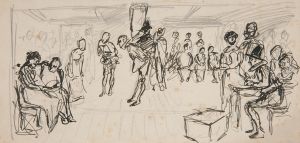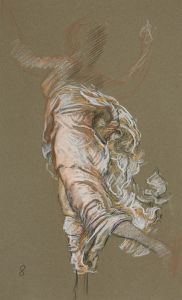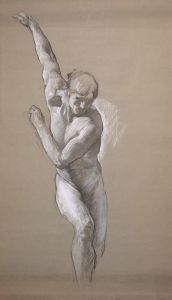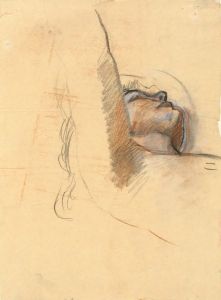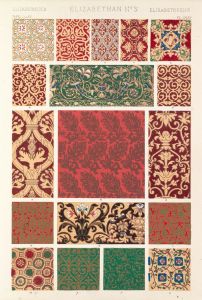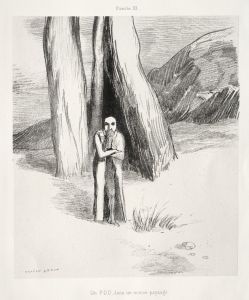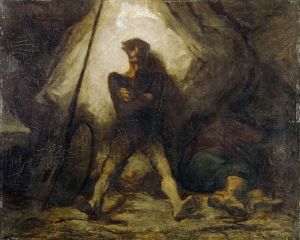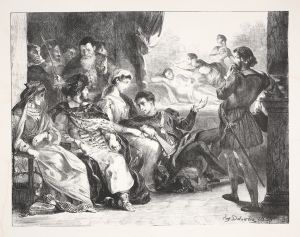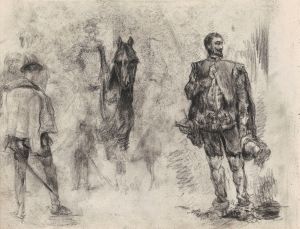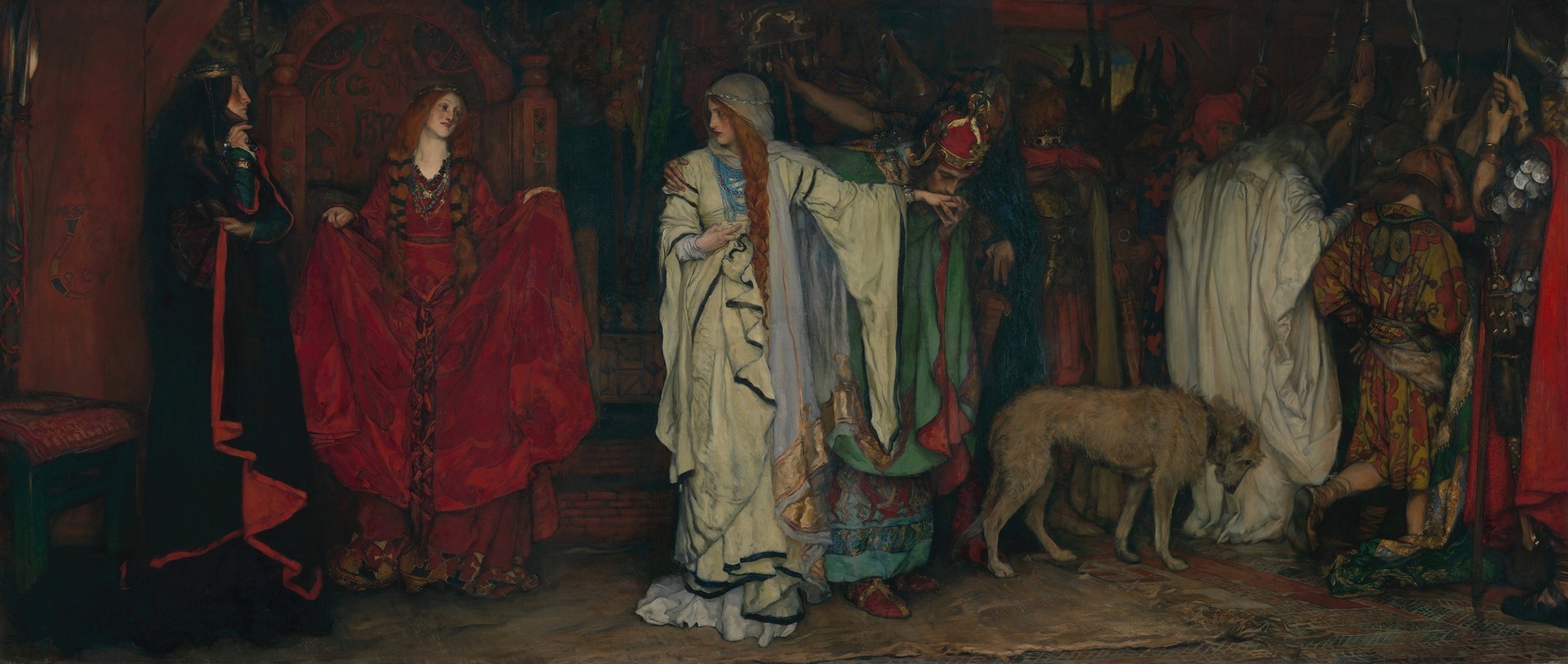
‘King Lear,’ Act I, Scene I
A hand-painted replica of Edwin Austin Abbey’s masterpiece ‘King Lear,’ Act I, Scene I, meticulously crafted by professional artists to capture the true essence of the original. Each piece is created with museum-quality canvas and rare mineral pigments, carefully painted by experienced artists with delicate brushstrokes and rich, layered colors to perfectly recreate the texture of the original artwork. Unlike machine-printed reproductions, this hand-painted version brings the painting to life, infused with the artist’s emotions and skill in every stroke. Whether for personal collection or home decoration, it instantly elevates the artistic atmosphere of any space.
Edwin Austin Abbey's painting King Lear, Act I, Scene I is a notable work of art inspired by William Shakespeare's tragedy King Lear. Created in 1898, the painting depicts a pivotal moment from the play's opening scene, where King Lear, the aging monarch, decides to divide his kingdom among his three daughters—Goneril, Regan, and Cordelia—based on their declarations of love for him. This scene sets the stage for the drama's exploration of themes such as power, loyalty, betrayal, and familial relationships.
Abbey, an American artist renowned for his historical and literary-themed works, was deeply influenced by Shakespeare's plays. His artistic style is characterized by meticulous attention to detail, dramatic composition, and a strong sense of narrative. In King Lear, Act I, Scene I, Abbey captures the tension and emotional complexity of the moment when Lear disowns his youngest daughter, Cordelia, after she refuses to flatter him with exaggerated expressions of love. The painting portrays the grandeur of the royal court, with richly detailed costumes and a composition that emphasizes the dramatic interactions between the characters.
The artwork reflects Abbey's commitment to historical accuracy and his ability to bring literary scenes to life. Abbey was part of a broader movement of artists in the late 19th century who sought to illustrate Shakespeare's works, contributing to the visual interpretation of the Bard's plays. His work often involved extensive research into period costumes, architecture, and settings to ensure authenticity.
King Lear, Act I, Scene I was well-received for its dramatic intensity and fidelity to Shakespeare's text. The painting is part of the collection at the Yale University Art Gallery in New Haven, Connecticut. It remains an important example of Abbey's contribution to the visual arts and his role in popularizing Shakespearean themes through painting.
Abbey's broader body of work includes other Shakespearean subjects, as well as illustrations for books and murals for public spaces. His ability to convey complex narratives through visual art has solidified his reputation as one of the prominent artists of his time.





